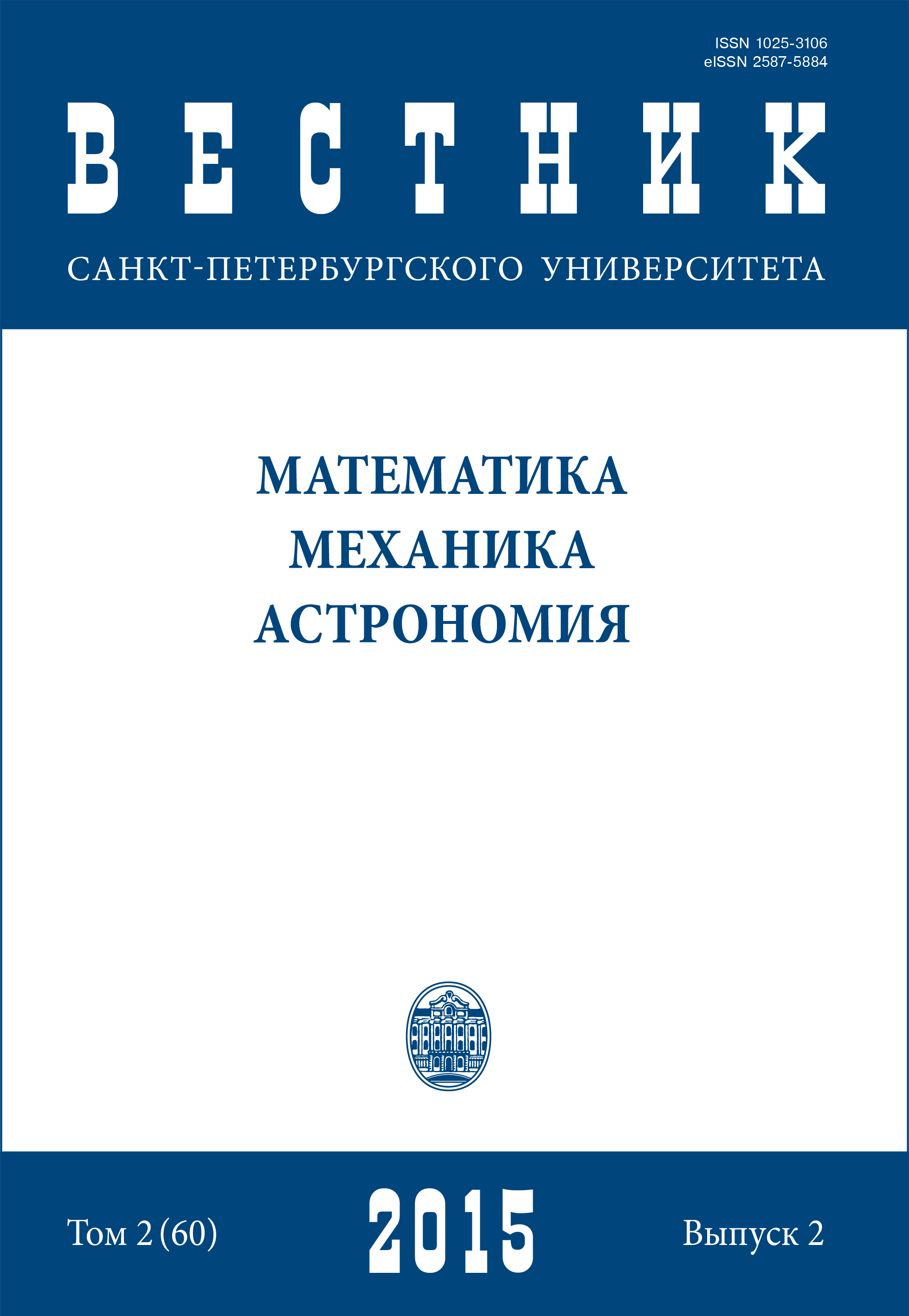Spectral analysis of GLONASS navigation satellites orbital parameters
Abstract
Global navigation satellite system GLONAS is widely used nowdays in many fields of science and technology. As its american analogue, Global Positioning System (GPS) it plays an important role in estimation of Earth Orientation Parameters(EOP).Asitisknonwn, EOP are confidently estimatedfrom navigation satellites observations only for frequencies from approximately one cycle per year to one cycle per day. EOP on intervals longer than one year are estimated with lower accuracy due to relatively low stability of navigation satellites orbits. At the same time, subdiurnal EOP appear to be unrealistic, most probably due to correlations between EOP and satellite orbital elements. This problem may be solved by construction of an analytical motion theory of navigation satellites. In this respect GLONASS has an advantage over GPS in the fact that motion of the former is corrected far more rarely than that of the latter. In this paper power spectra of GLON Ass satellites are ccomputed. Orbital elements are estimated from precise ephemerides of the International GNSS Service. Power spectra of the orbital elements are then estimaed by the maximum entropy method. Refs 3. Figs 5.Keywords:
GLONASS, analytical celestial mechanics, navigation satellites, maximum entropy method
Downloads
Downloads
Published
How to Cite
Issue
Section
License
Articles of "Vestnik of Saint Petersburg University. Mathematics. Mechanics. Astronomy" are open access distributed under the terms of the License Agreement with Saint Petersburg State University, which permits to the authors unrestricted distribution and self-archiving free of charge.




